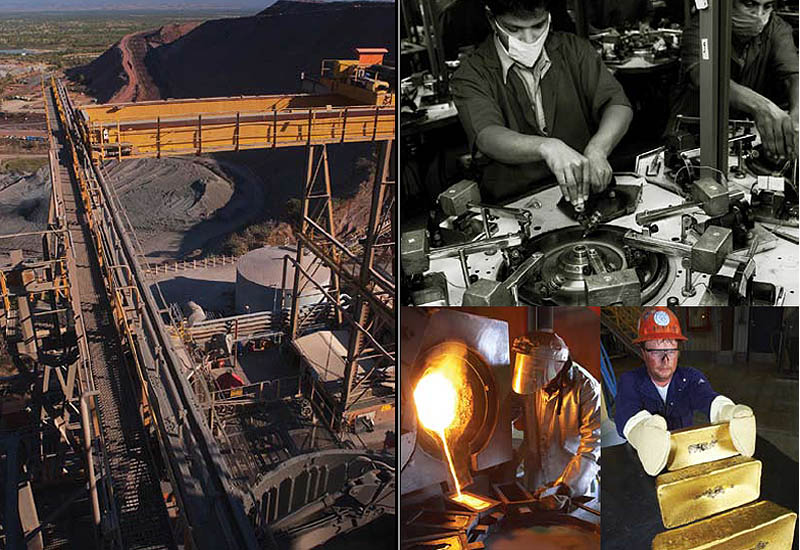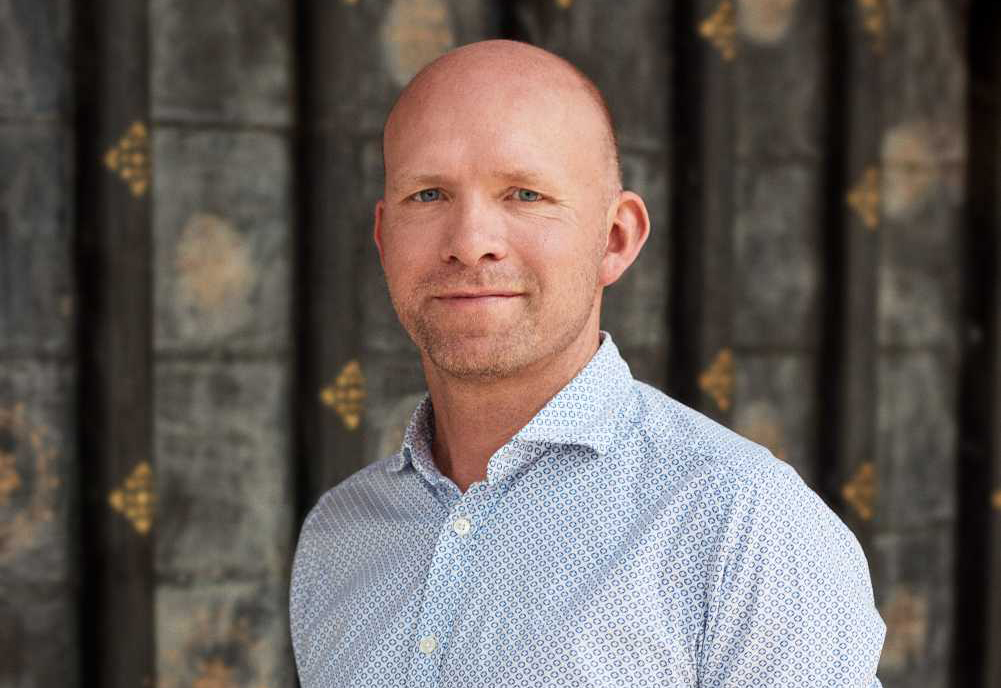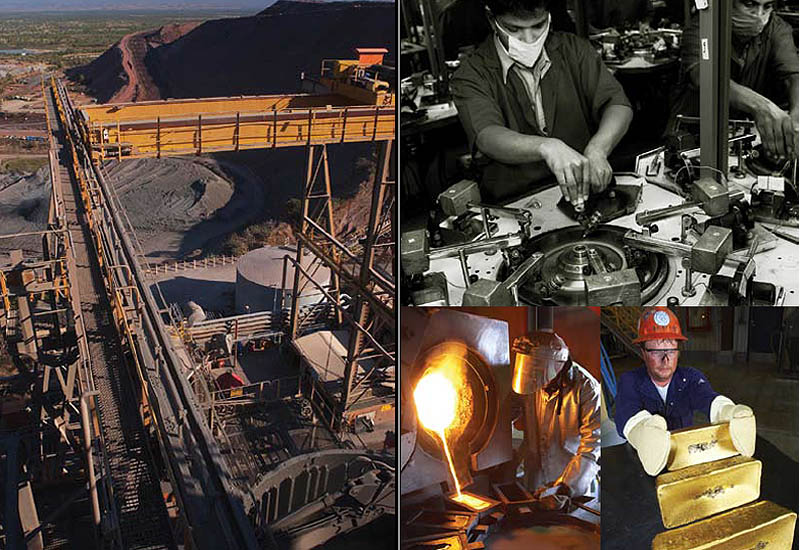
This year’s Fair Luxury conference gathered together representatives from four large jewellery companies to discuss what their businesses are doing to advance responsible sourcing and fairness in their supply chains.
Fair Luxury is a conference which Flux, an independent group of jewellery industry ethics champions, launched last year to encourage a dynamic platform for debate.
Building on the inaugural event, the 2017 conference took place at the Birmingham Assay Office over the course of two days.
In attendance were key figures from the UK jewellery industry, not to mention some trailblazers who had travelled from various places across Europe to be part of the discussions taking place between individuals who have a longing to see the industry become more responsible and transparent.
While day one focused on a range of topics relating to sustainable sourcing in the jewellery sector, day two looked at some of the wider issues and presented an opportunity for large companies to discuss what they are doing to advance ethical practices.
During a panel session, moderated by Peter Oakley, representatives from Gemfields, Pandora, Forevermark and the Responsible Jewellery Council took the hot seat and answered questions from a passionate audience.
The candidates were: Global sustainability and risk advocate for Gemfields, Jack Cunningham; VP of group ethics at Pandora, Claus Petersen; UK country manager for Forevermark, Lisa Levinson; and Responsible Jewellery Council executive director, Andrew Bone.

When it comes to ethical practices, what are your priorities? For example, is it the environment? Is it economics? Or is this an ongoing battle internally?
JC: It can be an ongoing struggle. Particularly as businesses which are small are usually under resourced, and you are fighting for resources just as everybody else is. If the business isn’t making money, it’s very hard to justify yourself as a resource, it is very hard to justify consultants as a resource, and it’s difficult to justify the need to create change, and change within any organisation takes effort and resources. Ultimately, sustainability is a subject matter and a business responds to that. But it is a change process. We our change agents.
For us, in the case of our mining operations, access to qualified people is an ongoing challenge. There are insufficient numbers of people who are qualified to do certain jobs in Mozambique, you can’t get a Mozambique gemmologist, they just don’t exist. These practices are significant and we are trying to take steps forward as an organisation. From the outside it looks like brands and companies listed at the top market need to be driving this, but I used to work at Sainsbury’s which is a £25bn business and it is dysfunctional, every company is dysfunctional.

Why? Because businesses are made up of people and people are dysfunctional. It doesn’t matter if you are working for a company the size of Gemfields, the systems that exist and the process and the procedures, are not honed. That ultimately can be the big thing, that the organisation isn’t sufficiently working. So when it comes to applying that to something as serious as ethics, human rights, fighting transparency and engaging suppliers on this journey, it can feel like those challenges are mountable. People say we should be able to address those challenges, but it is not easy. We all have the same challenges, we are just working out what to do next, but it just comes back to resources and the ability to cope with dysfunction.
LL: We are quite invested in ethics as Forevermark, as a brand, and it comes at an extra cost. It costs more to track and trace diamonds all the way through out, it costs more for the certification process, and it is a cost that needed to be justified internally before making that investment in Forevermark. What we were thinking at the time is that this may not be the most costly way, but diversify and give the customer something else, and that goes in parallel with consumer research showing that the millennials have a much greater need for authenticity, to connect with a product and feel it is a product that actually does good, and that it speaks to you more than just at a beauty level, but it actually speaks to you as a member of society. So what we do is explain why it is worth the premium and create consumer awareness.
CP: When I started working for Pandora, that was my first entrance into the jewellery business, we were 3,000 people working on the jewellery, and six years on we are 12,000. We are setting 2.6 billion stones into our jewellery every year. We can only do that if we have a dedicated staff working for us in Thailand, who want to be with us. If we had a high turnover of staff, we would be in a very difficult place. So for us, in our business, we can see that if we look after our workforce, people choose to stay and to be engaged and productive.
AB: For the Responsible Jewellery Council (RJC) we are involved in effectively the whole chain from mining to retail, so I think prioritising things isn’t sort of needed for our organisation. But I would say from a De Beers view (my background) and picking up with what Jack was saying, I think it requires consistency, especially if you are a company that does cover part of that supply chain, and De Beers covered most of that. And it is not just the standard that you apply to yourself and that you are audited against, it is also your business practice and your social investment into the communities. For most of us, for gold, for diamonds, this is a 30 to 50 year investment, so you’ve got to invest and be with the community and the community has got to be part of your business. It is a learning thing and I think you do have to be consistent throughout, you can’t just train one team in human rights. Again, at De Beers the security team in London are even trained in human rights because that is part of the lives of the security further up the stream. It has to be something where everyone in that company is all linked through, everyone understands why it is being done, and you are very much in partnership. Again, you are talking about people being dysfunctional, they can also be brilliant as well, and they can also work together and understand and learn from each other.

Should jewellery companies earning up to a certain amount be obliged to put money back into society?
JC: I would take it further than big companies, because I think many of the large ones do that these days because they are under such scrutiny and they are made so accountable. The next step to go on is to actually create that partnership all the way through the value chain as well, so that everybody can become involved in making those people’s lives better. Part of that might be asking whether consumers are willing to pay that premium so they can then track their gold, or their diamond, or whatever it is, back to the mine so that those communities benefit. I am not disagreeing with you, I would say absolutely, but we are doing that. That is already something in motion. But it goes back to getting the consumer interested. They are the biggest partners in the whole solution in creating that holistic approach to helping these communities way up the stream. I think it’s got to be a collective thing.
If the industry educates the consumer, we could damage our reputation. How are you approaching consumer transparency without becoming vulnerable?
CP: What I can say from our side is that it is about being very transparent about the systems that we are complying to. So our major source of risk management is to be a part of the Responsible Jewellery Council. There, it is very transparent as to what are the standards we have to adhere to as a company. Also when we do something we try to do it 100% in order to be able to communicate it to consumers. For example we use 100% recycled gold, so we can put a definite statement out there. But it is really hard to get the message across because so much is blurred in the industry.
LL: At Forevermark a large component of the brand is the promotion to consumers, and when it comes to increased transparencies, traditionally in the jewellery industry there has been a mystery around it, but personally I think the more transparency on the amount of craftsmanship that goes into it, the enormous expertise that the communities involved have to develop to become able to adhere to our standards, the better. It makes it all have more of a purpose and we want to promote that.
JC: It’s a common challenge whatever sector you are working in. You just have to understand that there is so much noise that the customers have to deal with. We are all in this room talking about very technical issues, which don’t lend themselves particularly easily to a very simple message. The role of organisations like the RJC are in place to help us to be more transparent, that’s the first step, and then it is about finding ways to convey that transparency in a way that people can really understand. For a business like us, we are very much guided by what brands want to say and whether we are comfortable with the message that they want to convey in the public domain, and the phrases that they are putting on the jewellery, and they have to do their diligence first and be comfortable with what they are saying, but equally as a supplier we need to be happy with what they are saying about our product.
AB: 20 odd years ago there was nothing for the consumer to go on. What the RJC does provide is a go-to place for consumers to do some research. First of all, looking at our standards, then our membership list, and those who have been certified. Finally, obviously the consumer is not the be all and end all, but I do think it is a very important part that hasn’t be properly addressed in terms of getting across the awareness, and I think we need to embrace the consumer and we shouldn’t be frightened of them. I saw this very much during the Kimberly Process, people were frightened, but if you’ve got a good case you can inform that. Informing the consumer is a much better prospect for a business than the consumer who has just gone on Google and decided not to go to your shop. Because that is who you should be afraid of, the people not coming in. The other thing is that a very important part of this is the people who make up companies, the people who drive companies. And a very important audience is the people who work for these companies. These are the people who have massive influence over the directions these companies take. That is also a very fertile ground for everyone to work on as well. This is what we used to call the pub test. Can your employees go to the pub and defend their choice for working for your company?

If big companies are all facing challenges, how do we move to the next stage?
JC: The first thing to do is start talking about it and to be honest and open about the size of the challenge. The next thing needs to be a shift, and I am very happy to spend the next two and a half years working with a range of luxury goods brands developing tools and standards which we hope can be adopted, and that’s about leadership. Ultimately, somebody has to take that first step or at least test something out to see whether it will work. There obviously is a sizable challenge here in terms of expectation. As an industry we are already expected to be up there, we are already expected to have solved all these problems, and we are also expected to be solving problems whether in market failures, or transparency, or environment, and you can’t do all of that without governments, or organisations and lawyers, all of us have to be sure that is the right direction to take and we also have to understand that there will be people who fall by the waste line. It’s a consequence of improvement, that there will be people who are unwilling to or unable to improve. To give an example I have just recently completed a diligence on about 30 ruby and emerald cutters and polished in India and Thailand, who are actually my customers, these are people buying rough stones from us, and I am reverse auditing them because they supply the supply chain with polished stones. Some of those customers said they weren’t going to do the audit because we are their supplier. They said, ‘Who are you to tell me you are going to audit me?’ The more enlightened customers could see the writing on the wall because I was saying, ‘Look, at some point down the line, you are going to be forced to take an audit. Now you can do this with us as your supplier and we can help you with what you need to do to improve, or you cannot do it and we might not invite you to our auction again because we may not want to supply you. And certainly, you will have to do this in the future.’ It is acknowledging transparency discussions, but knowing that some organisations will be unwilling to accept that change is needed. I am sure we will be here in ten years time with more people, but it is the start of a long road.
Do you feel challenged by the Sustainable Development Goals spearheaded by the United Nations? Are you willing to report on your progress of working towards these?
CP: I rely on the Responsible Jewellery Council to employ things like that. What I see personally is companies cherry picking one or two SDGs and then communicating those, but I have to see where we go in the future because I will not cherry pick.
LL: We are very comfortable with the source of our diamonds, and the main challenge going forward and what we are looking at is to build the consumer demand for it.
JC: Short answer, no. We do not have the capacity to impact the change within the organisation, even the size of Gemfields, in the sense to demonstrate progress against SDGs. They are far too generic to show meaningful impact on the ground. I have far bigger problems to worry about than showing our progress against SDGs. It’s not that they are not important, it’s not that they aren’t a good guideline, but they are another level beyond which we are currently capable of doing
SOURCE:http://www.professionaljeweller.com/feature-fair-luxury-puts-big-brands-hot-seat/

